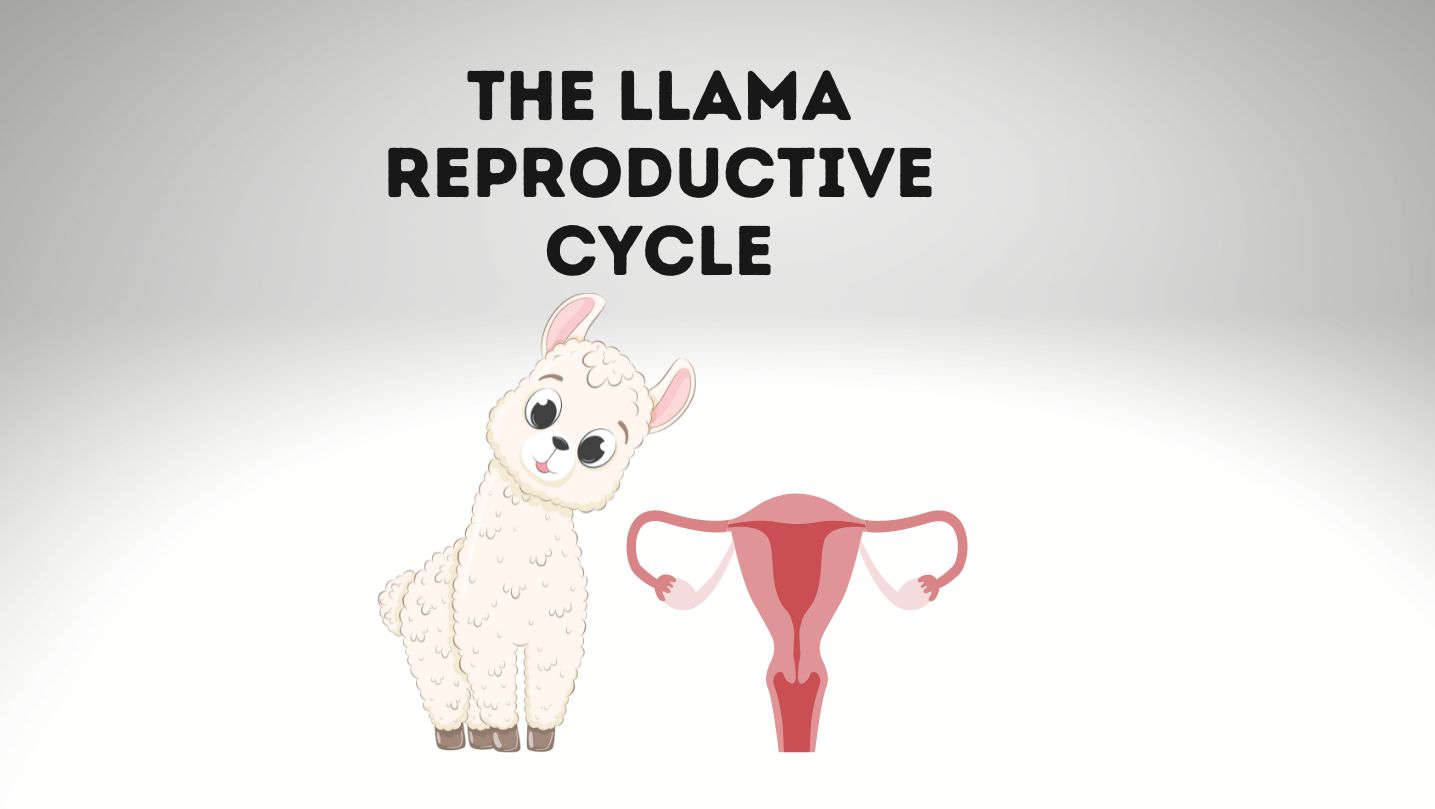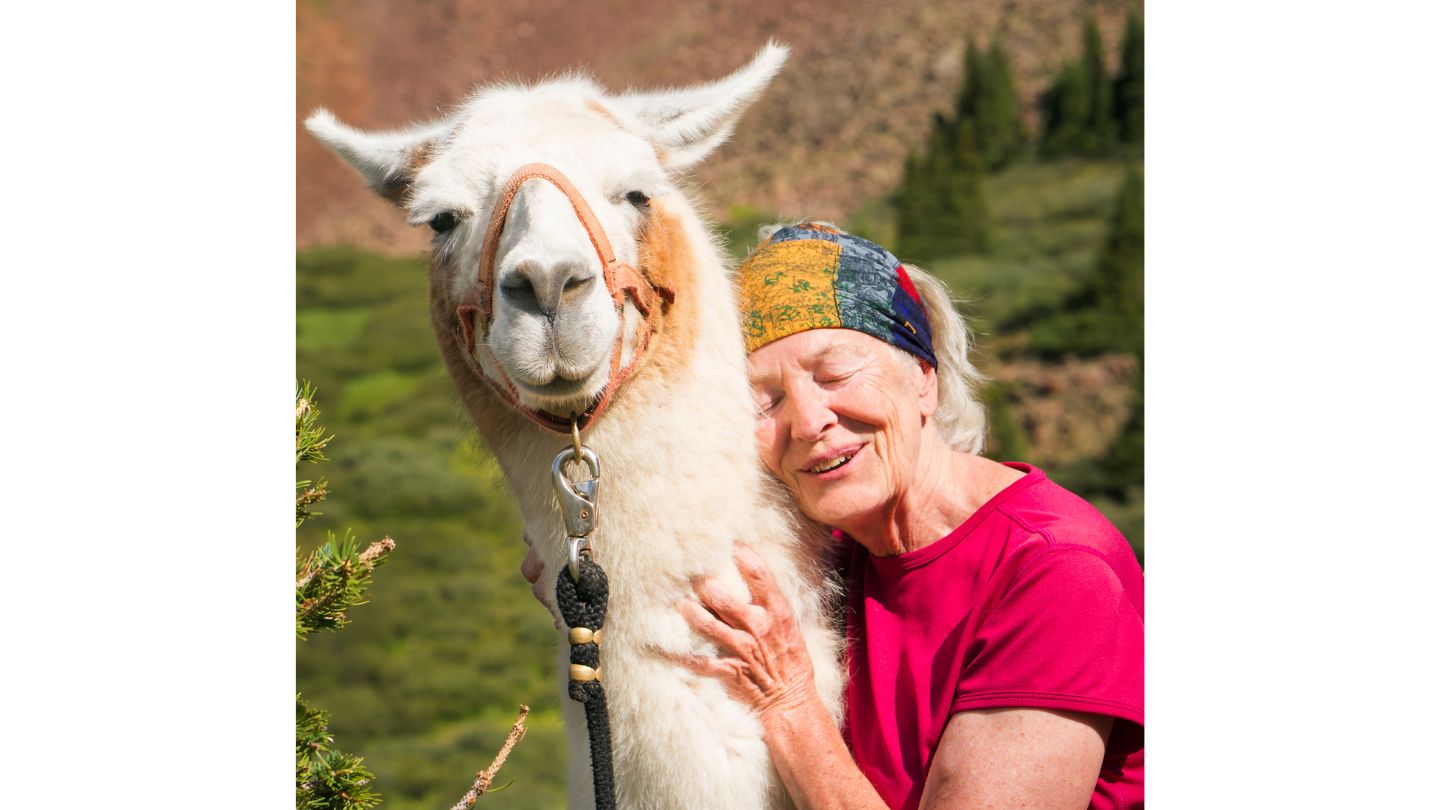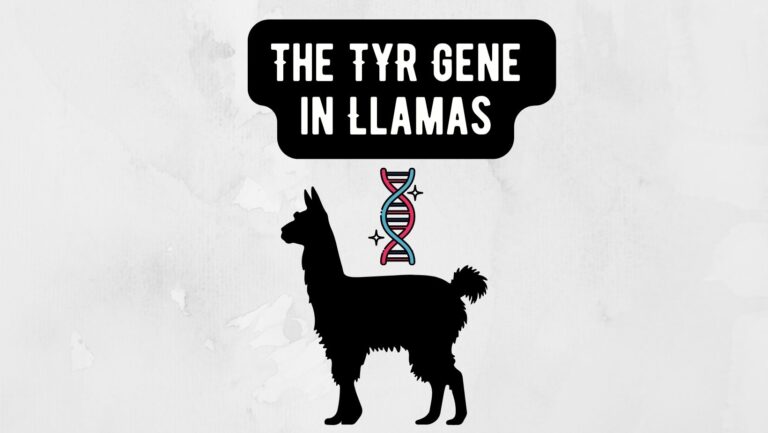
The llama is a popular domesticated animal, known for its wooly fur and fiber products. But what many people don’t know is that the reproductive cycle of the llama can be quite complex. Understanding the reproductive cycle of any animal is key to successful animal husbandry, and with llamas, there are several unique factors which affect their breeding and birthing processes. In this article, we’ll explore the ins and outs of the llama reproductive cycle: from mating to gestation periods to birthing and more.
Post Contents
- 1 The Different Stages Of The Llama Reproductive Cycle
- 2 Basic Camelid Reproduction and Birthing
- 3 Do Llamas Have Heat Cycles? Do Llamas Get Periods?
- 4 How Do Llamas Get Pregnant?
- 5 How Many Months Is A Llama Pregnant?
- 6 Llama Gestation Period
- 7 Alpaca Reproduction Cycle
- 8 Llama Vaccinations Pre and Post Pregnancy
- 9 Breeding Llamas
- 10 Testing for pregnancy
- 11 What pros and cons of pregnancy tests given above?
- 12 Conclusion
The Different Stages Of The Llama Reproductive Cycle
The llama reproductive cycle has four distinct stages: estrus, diestrus, anestrus, and pregnancy. Each stage is characterized by different hormonal changes and behaviors.
Estrus is the first stage of the llama reproductive cycle. During this phase, the llama’s ovaries release eggs and her body starts to produce estrogen. Estrogen levels peak during estrus and then decline during the next two phases. The length of estrus varies from llama to llama, but is typically around two weeks.
Diestrus is the second stage of the llama reproductive cycle. This phase begins after ovulation and lasts for about two months. During diestrus, progesterone levels rise as the corpus luteum forms on the ovary. If fertilization occurs, the corpus luteum will continue to produce progesterone throughout pregnancy. If no fertilization occurs, the corpus luteum will degenerate and progesterone levels will drop, triggering a new estrous cycle.
Anestrus is the third stage of the llama reproductive cycle and is a period of hormone-induced quiescence. This phase typically lasts for three to four months and may occur before or after pregnancy. Anestrus is characterized by low estrogen and progesterone levels as well as a lack of sexual activity in llamas.
Pregnancy is the fourth stage of the llama reproductive cycle and lasts for approximately 340 days. During pregnancy, estrogen and progesterone levels remain high and the corpus luteum continues to produce both hormones. This stage is usually followed by labor and delivery of a single offspring.
Basic Camelid Reproduction and Birthing
Camelids are able to reproduce year-round, but most births occur in the spring. Females go into heat every three weeks or so, and the estrus cycle lasts about 13 days. Ovulation usually occurs during the last few days of estrus. After breeding, gestation takes around 11 months.
Llamas typically give birth to a single offspring, although twins are not uncommon. The birthing process is relatively quick and uncomplicated, lasting about 30 minutes to an hour. Mothers generally do not need assistance from humans, although first-time mothers may benefit from some guidance and support.
Do Llamas Have Heat Cycles? Do Llamas Get Periods?
Llamas do not have heat cycles in the same way that other mammals do. Instead, they go into what is called “rut” once a year. During rut, male llamas will compete for the attention of females. The winner of this competition will get to mate with the female llamas. Female llamas will also mate with multiple males during this time.
How Do Llamas Get Pregnant?
Llamas are induced ovulators, meaning that they do not release eggs spontaneously, but rather in response to mating or artificial stimulation. Ovulation occurs 12 to 48 hours after breeding.
Llamas typically mate between November and March, with peak breeding activity occurring in December and January. Pregnancy lasts approximately 340 days, with most llamas giving birth between April and June.
Llamas are pregnant for about 340 days. Most llamas give birth between April and June.
How Many Months Is A Llama Pregnant?
Llamas are pregnant for an average of 11.5 months, though anywhere from 10 to 13 months is considered normal. Most llamas will give birth to a single cria (baby llama), though twins are not unheard of. Occasionally, a llama will give birth to triplets, but this is quite rare.
Llama Gestation Period
The average gestation period for a llama is 340-365 days. Breeding generally occurs between late November and early February, with births most common in March and April. Twins are rare, occurring in only about 3% of births.
Alpaca Reproduction Cycle
Alpacas have a gestation period of 11-12 months. Most alpacas will deliver their cria (baby) unassisted, however, some may need assistance due to the size of the cria or the position of the delivery. Twins are very rare in alpacas.
When an alpaca is ready to give birth, they will separate themselves from the herd and find a quiet spot to nest. The dam (mother) will start to make soft chuffing noises and her breathing will quicken as she goes into labor. It is not uncommon for a dam to deliver her cria in less than 30 minutes.
Once the cria is born, it is very important that the umbilical cord is cut close to the cria’s body and tied off to prevent hemorrhaging. The afterbirth should be removed from the area so that predators are not attracted to the mother and baby. Alpacas are very protective of their young and will often times try to kick or bite anyone who comes near their cria.
Llama Vaccinations Pre and Post Pregnancy
Pre and post pregnancy vaccinations for llamas are important to help ensure the health of both the mother and her offspring. Vaccinations should be given prior to breeding and then again after the birth of the cria (baby llama). A variety of different vaccines are available, and your veterinarian can help you determine which ones are right for your animals.
Some of the most common vaccines used for llamas include those against rabies, tetanus, and clostridium. Other vaccines that may be recommended depending on your area and risk factors include those for enterotoxemia, leptospirosis, and salmonella. It is also important to keep up with annual boosters for all of these diseases.
Pregnant llamas should be vaccinated against tetanus toxoid and clostridium perfringens types C & D at 5-6 months gestation. If they have not been previously vaccinated against rabies, they should receive a booster at this time as well. After the birth of the cria, both mother and baby should be vaccinated against enterotoxemia and tetanus toxoid. Baby llamas should also be vaccinated against leptospirosis at 6-8 weeks old.
Llamas have an interesting and unusual reproductive cycle, especially for a large animal.
- They are “induced ovulators”, which means that they mate first and the egg follows, not the other way around, as in dogs, cats, humans, cows, horses, etc. This means that you can plan when you want breedings to happen, rather than being tied to nature’s schedule.
- They mate lying down, pretty unusual in a large animal.
- They mate for an extended period of time (20 – 45 minutes), also unusual in a large animal.
- Female llamas ( hemrbas) carry their cria for almost 330 to 368 days approx 11 months. Seems like forever when you are waiting for that nifty baby.
- Mother llamas do not lick off their babies, as they have an attached tongue (it doesn’t stick out much more than 1/2″). (They do “croon” to and nuzzle or sniff their babies.)
Breeding Llamas
- Harem-breeding
The male llama (also known as macho) is left with female llamas (also known as hembras) around the year and is usually not recommended.
- Field breeding
An hembra is turned out into a field with a male llama and kept there for a fair amount of time. This is the easiest method in terms of labor, but the least useful in predicting a likely birth date. If your vet is good with ultrasound, you can combine this with the exposure dates to get a better idea when to expect the cria.
- “Hand” breeding
Male and female llama are put into same pen, breeding is monitored. They are then separated and bred on alternate days until either of them refuses to mate. Usually, we can get in two breedings using this method, though we have had some studs that routinely refuse to breed a female more than once (every two weeks, when she cycles back in, if the pregnancy hasn’t taken).
The separation presumably helps to keep the sperm count high for each breeding and also helps to keep the condition of the female llama’s reproductive tract more sound. Management also relates to running a llama breeding farm, in terms of where males and females are pastured.
Testing for pregnancy
Llamas should be pregnancy tested after breeding at 2 weeks, 6 weeks, and at least 12 weeks. Note that if you are in the harem system, you cannot use method #1…
- “Male testing”. Catch up the female and also any suitable intact male. If he attempts to breed her and she lies down for him within a fairly short period of time, she is pregnant. (If this male is not the one to whom she is to be bred, lead him off… this make take some dragging on your part, but he will go.) If she remains on her feet, spits attack him or otherwise prevent his being able to mate, assume that she is probably pregnant.
- Progesterone testing. Your veterinarian can take a blood sample and send it off for progesterone testing. A high level can indicate a pregnancy.
- Palpation. In this test, the veterinarian feels around (internally) to detect a pregnancy. There are some risks to the llama, but it is a reasonably accurate method for pregnancy detection.
- Ultrasound. This is the very best, most accurate method in the hands of an experienced veterinarian. If you are concerned about an internal exam, wait until the female is more than 60 days past breeding, at which time the veterinarian can examine her externally.
Applications of Llamas in Medicine
Doctors and scientists claim that llamas have antibodies that are effective in curing some diseases. Researchers are investigating how llamas can aid in the fight against coronaviruses like MERS and SARS-CoV-2 (which causes COVID-19).
What pros and cons of pregnancy tests given above?
Male testing is free and is usually accurate. However, some hormonal conditions in females can make them reject a male when they are in fact not pregnant, and, more rarely, accept a male when they are pregnant. Progesterone tests can give a high reading in some females with a hormonal problem who are in fact not pregnant.
Neither of the previous methods nor palpation can give you a reasonably accurate idea of the age of the fetus, while ultrasound can. In addition, ultrasound can distinguish between pregnancy and misleading physical conditions, or between a live and dead fetus.
It is really the very best method for pregnancy determination. The big disadvantage of ultrasound is that some training in the use of ultrasound is required, and not all veterinarians have ultrasound equipment (it is expensive).
On our farm, we combine male testing with ultrasound. We do all the initial tests using males, and then, when the (presumed) pregnancy is more than 60 – 75 days along, we have our vet out for an ultrasound test to confirm (or deny) the results of our tests.
Conclusion
The llama reproductive cycle is an intriguing and complex process where the animal is able to reproduce successfully. It’s important for those interested in breeding llamas to understand this cycle, as it can help them make better breeding decisions. Furthermore, understanding the physiology of reproduction allows us to develop more effective treatments and management practices that may improve the welfare of these animals. Ultimately, gaining knowledge about a species’ natural biology will always be beneficial when developing sustainable husbandry approaches intended to ensure their wellbeing over time.

Hi, I am Dale. My husband and I bought our first llama, an 18-month-old male llama, Pumpernickel, in 1984. Since then, they are evergrowing; LlamaWeb is intended to provide information about llamas for people interested in these South American camelids.






